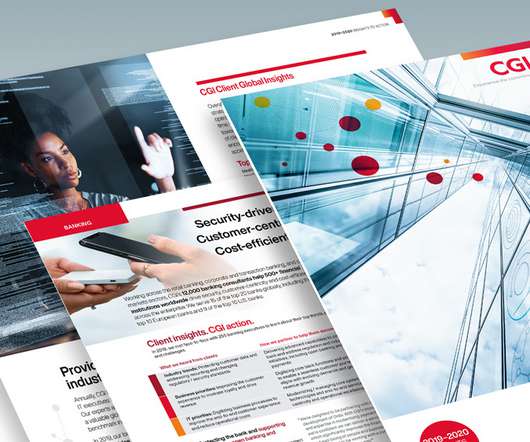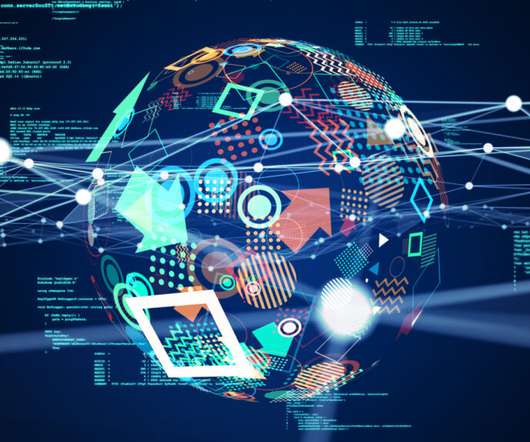FPGA vs. GPU: Which is better for deep learning?
IBM Big Data Hub
MAY 10, 2024
Underpinning most artificial intelligence (AI) deep learning is a subset of machine learning that uses multi-layered neural networks to simulate the complex decision-making power of the human brain. Deep learning requires a tremendous amount of computing power. FPGA programming and reprogramming can potentially delay deployments.






















Let's personalize your content